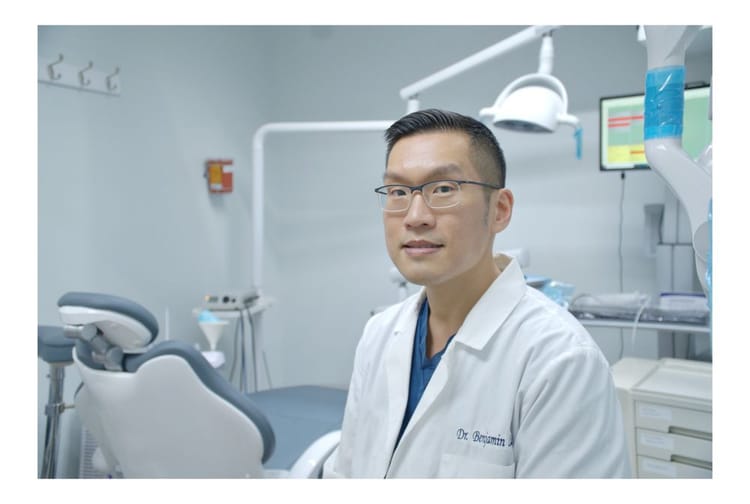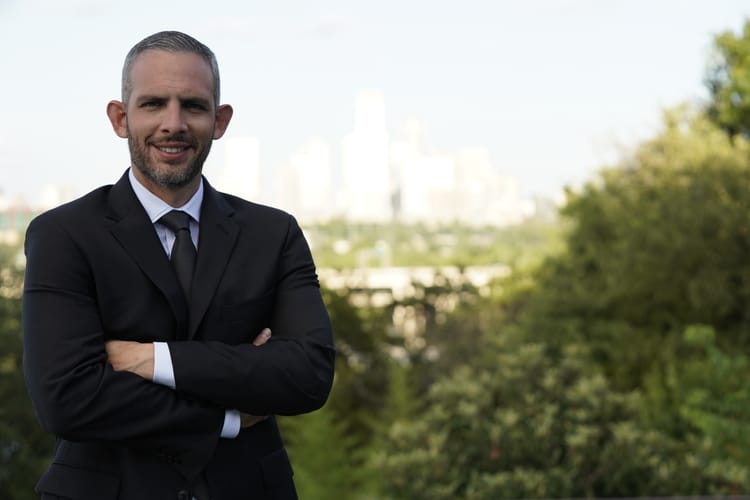The argument for dental therapy


Nearly 6 million people in Florida live in dental health professional shortage areas (HPSAs). Last year, Florida hospitals billed almost $1 billion for preventable dental issues and handled 146,252 emergency room visits for preventable dental conditions. These statistics from Floridians for Dental Access highlight the state’s oral health crisis, and the bipartisan coalition is pushing for change.
Frank Catalanotto, DMD, founder and president of Floridians for Dental Access, sat down with Dental Bite to talk about what lack of access to dental care costs patients, hospitals and society and how dental therapy can be an effective way to remove barriers to care.
—Interview by Carrie Pallardy, edited by Bianca Prieto
How do patients with preventable dental problems end up in ERs?
The biggest impediment to people accessing dental care is that there's not enough dentists, particularly in a state like Florida. Our dentist population ratio was lower than the rest of the country. We have 6 million people living in dental health professional shortage areas.
And then there's the cost issue. People just can't afford care. We're not talking about just poor people. We're talking about even lower-middle-income people having difficulty accessing dental care. They have a bad toothache. Maybe they even have a temperature and some swelling. They call a local dentist and they say, “Sure, you can come in. Bring in $250, $300, $350.” They can't afford that at all.
So, they go to a hospital emergency department, which by law is required to see them, whether they can pay or not. The only thing that happens there is they're going to get some antibiotics and pain medication.
The problem on the hospital's part is that there's a lot of no-pays; people who come in without any insurance. The hospital may try to chase them, but they're not going to get any money. And then the other part of the problem is—and I've spoken to ED physicians about this—this feeling of helplessness because all they can do is give antibiotics and pain medication.
The other aspect of this is the cost to society. In Florida last year, we hit close to $1 billion dollars in hospital charges for preventable dental procedures.
How do you think dental therapy can improve access to care and help address this problem?
The big issue is access and affordability. This is where dental therapists come in. Dental therapists have been used for over 100 years in over 50 countries around the world. In the United States, it's only been about 15 years. There are 14 states where they're now authorized, and we have really good data from two states: Minnesota and Alaska.
In Alaska, the real difficulty is rural, isolated communities that are hundreds of miles away from the nearest relatively big town, maybe a population of 400 to 500 people. Dental therapists fly in, set up a dental clinic and provide care for a couple of days. That's a workforce solution.
In Minnesota, they work for safety net organizations. They work for dentists in private practice. They see Medicaid patients.
Here's the advantage: a dentist has eight years of education; many graduate with $400,000 in debt. Dental therapists have three years of education, much less debt, much lower salaries than a dentist has. Now, all of a sudden, it becomes affordable to see Medicaid patients. It becomes affordable for a FQHC to employ dental therapists.
How do they improve access? One of the most common methods: they go to schools. They set up portable dental equipment. They see all the children in the school who have signed parental permission slips.
What would you say to the dentists who oppose dental therapy, citing issues like patient safety and quality of care?
The first thing I say is, “Do you have any evidence of your concerns? Do you have any published papers that show that they don't produce high-quality care, that they are not educated properly, that they don't improve access to care?” And I wait for an answer. The answer is, “In my experience, I don't think they're going to work.”
I have on my side 1,000 international papers and about 150 to 175 United States papers, absolutely attesting to the fact that the quality is high, the cost effectiveness is fantastic and they are increasing access to care.
I point out to them that the Commission on Dental Accreditation (CODA), which accredits dental schools, is the same body that accredits dental therapy educational programs. They have very rigorous standards. The difference is the scope of practice. Dental therapists have a maybe 80-procedure scope of practice. Dentists have 400 procedures in their scope of practice, but for those procedures that are the same, they are educated to the exact same standard. CODA will not allow a lower standard.
I have eight dental hygiene programs in Florida that are meeting in November to talk about starting up a dental therapy educational program. There's such huge interest in this, in our state, once our legislation passes.
Thanks for reading today's edition! You can reach the newsletter team at newsletter@dentalbite.co. We enjoy hearing from you.
Interested in advertising? Email us at newslettersales@mvfglobal.com
Dental Bite is curated and written by Carrie Pallardy and edited by Lesley McKenzie.



